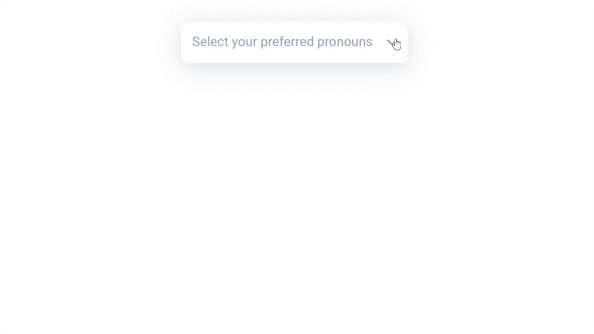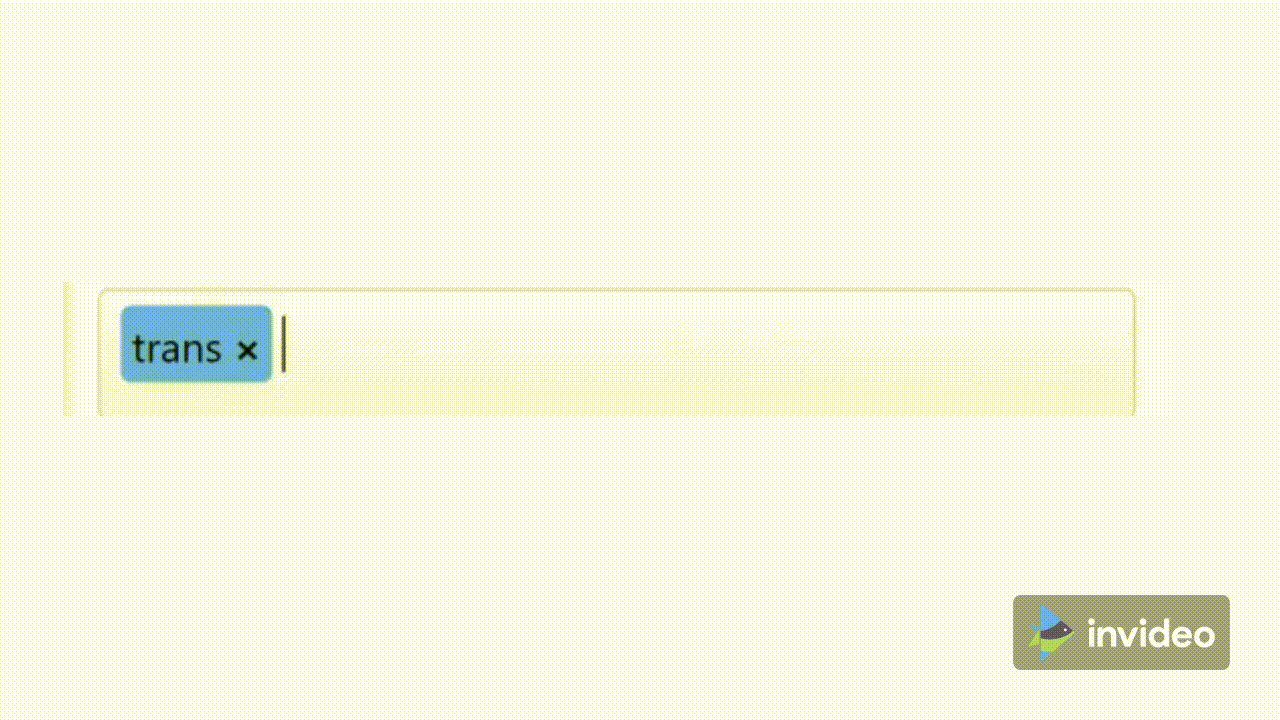top of page
GUIDELINES FOR SOCIAL INCLUSIVITY: GENDER AND SEXUALITY









Problem Statement
Existing web accessibility guidelines aimed to aid the web development process are not socially inclusive towards individuals on the grounds of gender and sexuality.
1.
Avoid using UI elements that reinforce gender binaries. This includes elements such as text fields, checkboxes, radio options, vectors and images solely representing the male and female genders excludes people who do not identify with these genders.
.png)
%20(1).png)
2.
Avoid using UI elements and terminology that reinforce conventional gendered roles. This means not echoing traditional, systematic, systemic and historical conventions for genders and sexualities.
3.
Use Gender Neutral terminology as a default. “They”/ “Them” is a gender neutral pronoun which can be used. Using gendered pronouns such as “he/him” or “she”/ “her” excludes non-binary individuals (see definition) and people who do not use solely binary “he” or “she” pronouns.

_Inclusive_jdb


_Inclusive_jdb
4.
Provide content compatible for all types of pronouns and allow the user to specify their preferred pronouns in an open field which can be incorporated throughout the website.
5.
Users must be allowed to select multiple options while selecting identity related fields; for example gender identities or sexualities.
-
Avoid using the term “Other” and other kinds of terms that may alienate non binary user
-
Avoid making assumptions about people’s identities on the web and question all industry and platform defaults from a gender and sexuality inclusive lens.

Un-inclusive

_Inclusive_

6.
Always use the identities that users describe for themselves in order to respect systematic, systemic, regional, traditional, racial, and cultural differences in how gender is conceived, experienced, and discussed. Prompt the user in case using knowing the identity is crucial to the platform.
7.
Users should be allowed to change their identity characteristics post account creation. A person’s gender and sexuality is dynamic and can change over time and platforms should support this change.


Un-inclusive

_Inclusive_
8.
Platforms should have anonymous modes of providing feedback through open dialogue boxes and the provided feedback should be incorporated into the next iteration of the platform.
9.
Respect the privacy and personal boundaries of the users by not asking for unnecessary personal information in the hope of using it in the future.
-
While collecting necessary personal information, it is important to explain to the user why the respective data is being collected and how the website will respect their privacy.
.png)

10.
The website should implement measures to restrict homophobic and transphobic comments while sharing accountability to create a safe space for all their users.
-
Websites taking measures to combat social exclusion based on gender and sexuality should disclose their positionality and declare the measures being taken while also being transparent about their limitations.
11.
Backend algorithms should ensure indiscriminate practices and unbiased results in order to not impose or deepen stereotypes. (recommendation system with helpful captions)
-
Website personalisation should not be based on sexual or gender characteristics but should be based on the user’s behaviour.

Un-inclusive
bottom of page
